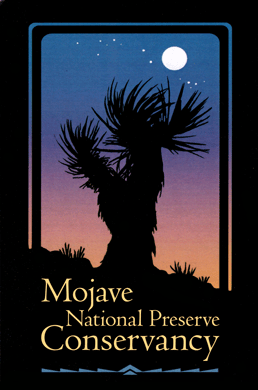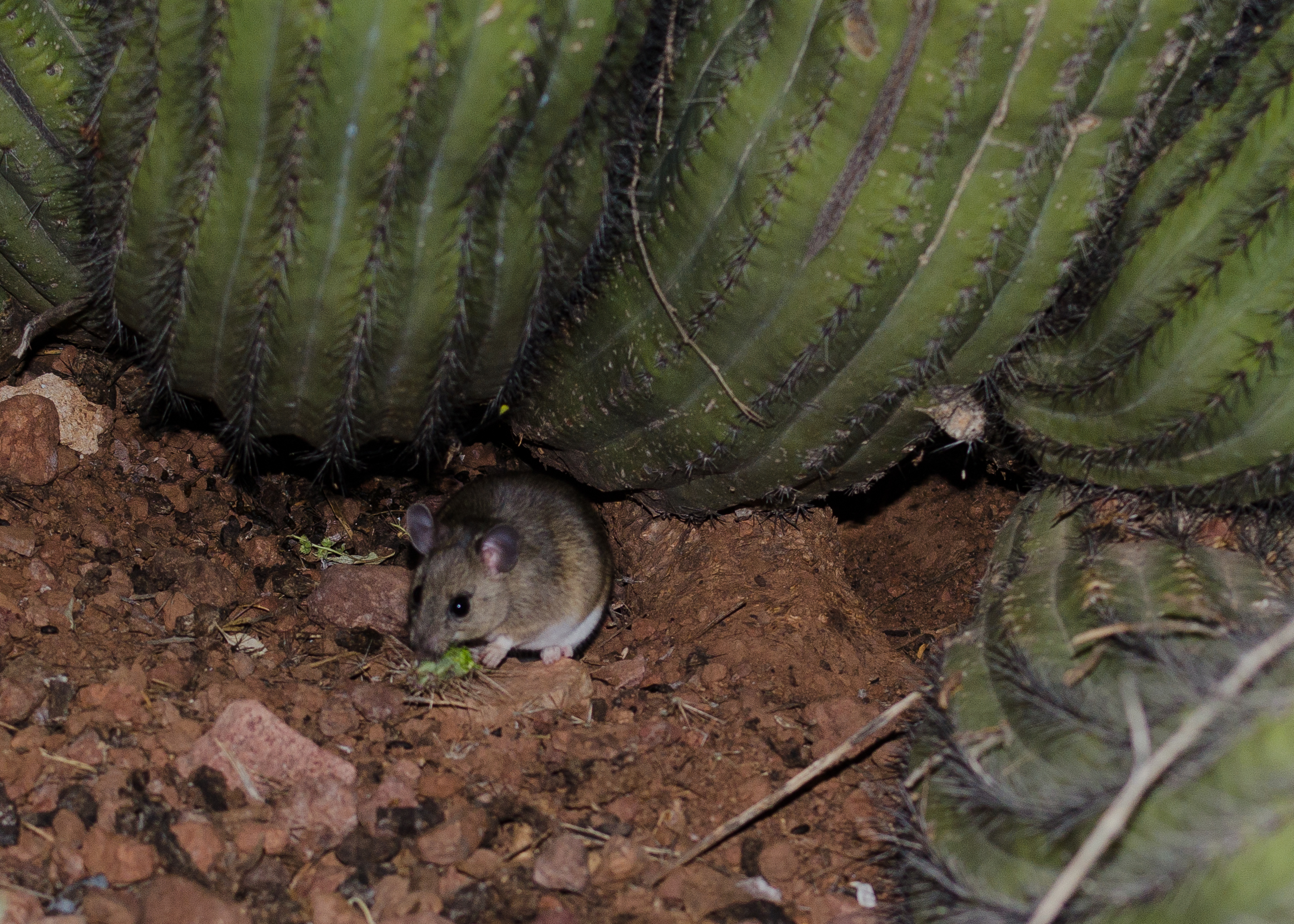When you are out exploring the desert you may come across piles of rocks, sticks, pieces of cactus or Joshua tree, and even sometimes pieces of metal or plastic. Often times these piles are at the base of a cactus, tree or shrub, or tucked away in the crevice of boulders.
These are the homes of the desert woodrat, also known as a pack rat. The desert woodrat inhabits the Mojave National Preserve and other desert wildlands in the southwestern United States and northwestern Mexico.
A desert woodrat's nest among yucca in the Mojave National Preserve. This nest consists of a pile a couple feet high of sticks, rocks, and pieces of yucca and cactus.
The woodrat will fortify its home not only by building it next to a spiny cactus, yucca or Joshua tree, but also by piling pieces of cactus on top of the heap of other materials. Would-be predators probably won't go digging through a pile of cactus spines for their meal.
This woodrat was photographed in Organ Pipe Cactus National Monument.
The woodrat is nocturnal. You may see signs of them all over the desert during a daytime hike - their odd assemblage of plants and rocks that make up their nests - but the best time to actual spot these pack rats is at night.
The woodrat is a herbivore that dines on cactus fruit and other plants. They can consume and break down certain plants - such as creosote bush leaves - in amounts that would otherwise be toxic to other creatures. However, a new study revealed that increasing temperatures - a trend we expect to continue with climate change caused by carbon emissions - reduces the ability of the woodrat's liver to break down the toxins.
This woodrat nest was found on the entrance sign for the Providence Mountains State Recreation Area, a state park within the Mojave National Preserve.




